What's in a label?
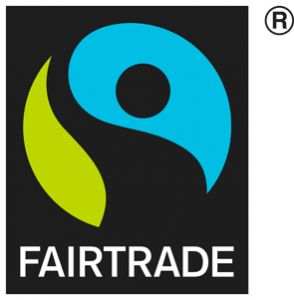
The Fairtrade Mark is a registered certification label for products that comply with
Fairtrade Standards and is regulated by the Fairtrade Foundation.
In 1992 it became an international standards and certification system, in which producers
and buyers agree to uphold certain minimum standards and payments and in return their
product can be labelled with a Fairtrade Mark.
What does the Faitrade Mark mean?
The Fairtrade Mark guarantees:
- Farmers are paid a fair and stable price for their products
- extra income for farmers and estate workers to improve their lives
- greater respect for the environment
- small farmers gain a stronger position in world markets
- closer link between consumers and producers
Farmers agree to produce their crops according to certain guidelines:
- minimal pesticide use
- ensuring that workers are paid adequately
What is the difference between Fairtrade and Fair Trade?
Both aim to address the injustices of conventional trade, which traditionally discriminates
against the poorest, weakest producers. Both work towards a vision of building a better
future for people and planet.
‘Fairtrade’ is the registered trademark of the Fairtrade Foundation, that has developed its
own robust criteria for awarding and monitoring its use on products. It is part of the wider
network of Fair Trade Organisations.
‘Fair Trade’ is a general term for any group, association, enterprise or organisation that
adheres to the 10 Principles of Fair Trade, as agreed by the World Fair Trade Organisation:
- Creating Opportunities for Economically Disadvantaged Producers
- Transparency and Accountability
- Fair Trading Practices
- Payment of a Fair Price
- Ensuring no Child Labour and Forced Labour
- Commitment to Non Discrimination, Gender Equity and Freedom of Association
- Ensuring Good Working Conditions
- Providing Capacity Building
- Promoting Fair Trade
- Respect for the Environment
Why are there different signs and symbols?
Fair Trade grew out of a series of campaigns and social enterprises, spanning well over a
century and many different corners of the globe. The term ‘Alternative Trade’ was more
commonly used until the 1970’s.
Before international standards were established, it was up to each group to design and use
their own symbol or mark of recognition.
The following brands have had a significant role in the UK Fairtrade Movement:

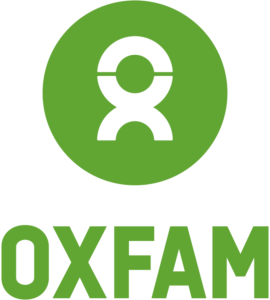
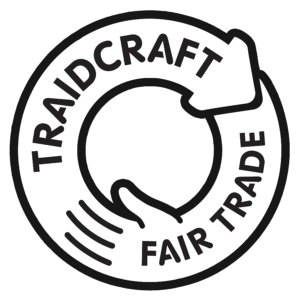

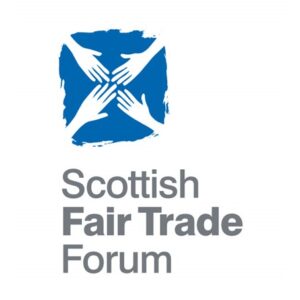
But there are many alternative symbols around the world, such as the following European
symbols:
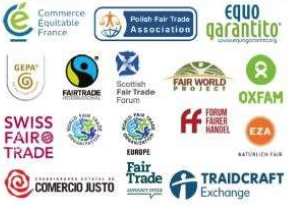
Brief History of landmarks in the development of Fairtrade.
1946, USA: Self Help Crafts created outlets for Puerto Rican needlework
1958, USA: first Fair Trade shop opened
1950’s, UK: Oxfam shops sold Chinese refugee crafts
1964, UK: first Fair Trade Organisation (known then as ‘Alternative Trade’)
1969, Netherlands: first World Shop opened
1988, Netherlands: first Fair Trade Mark created as ‘Max Havelaar’
1989, Netherlands: The World Fair Trade Organization (WFTO) established
1992, Global: Fairtrade Labelling Organisation established
2004, Global: World Fair Trade Organisation Fair Trade Mark launched
Who monitors the Fairtrade Mark?
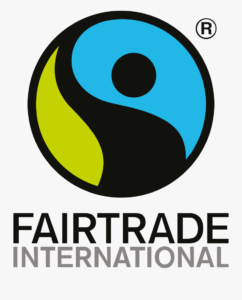
Fairtrade International (formerly known as FLO, Fairtrade Labelling Organisation)
Fairtrade International is the organisation that coordinates Fairtrade labelling at an
international level. Its standards are designed to tackle poverty and empower producers in
the world’s poorest countries.
Fairtrade encompasses social, economic and environmental standards for both companies
and farmers. For farmers and workers the standards include protection of workers’ rights
and the environment, for companies they include the payment of the Fairtrade Minimum
Price and an additional ‘Fairtrade Premium’ to invest in business or community projects of
the community’s choice.
Fairtrade International independently checks that these standards have been met by the
farmers, workers and companies that are part of products’ supply chains.
Fairtrade International also helps producers gain Fairtrade certification and develop market
opportunities. Locally based Liaison Officers provide training, guidance on certification and
facilitate relationships with buyers.
Making it clear for us as consumers

The Fairtrade Foundation licences the use of its own registered Faitrade Mark on all
products within the UK that comply with the agreed standards.
The Fairtrade Foundation encourages national retailers to stock Fairtrade products and
consumers to seek out and commit to buying Fairtrade products.
The Fairtrade Foundation campaigns for Trade Justice (social and environmental) and
encourages active membership and partnership working.
What about other Fair Trade symbols?
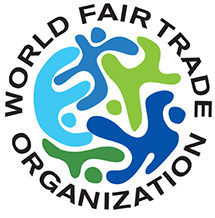
The World Fair Trade Organization (WFTO), is a global association of 401 organizations who
are committed to improving the livelihoods of economically marginalised producers. It was
created in 1989.
Parallel to the development of labelling for products, the World Fair Trade Organization
(WFTO) developed a monitoring system for Fair Trade Organizations. In order to strengthen
the credibility of these organizations towards political decision-makers, mainstream
business and consumers, the WFTO Fair Trade Organization Mark was launched in January
2004. The Mark was available to member organizations that met the requirements of the
WFTO monitoring system and identifies them as registered Fair Trade Organizations. Today,
WFTO uses the Guaranteed System to verify its member organisations and award the WFTO
label.
Unlike the Fairtrade Mark, the WFTO label doesn’t guarantee a certified product, but
signifies that a company is making efforts to improve working conditions in its supply chain.
In 2011, the membership of the WFTO decided to develop a new type of Fair Trade system
to meet the ever-growing demand for a more trustworthy Fair Trade recognition scheme in
the international market.
Developed by a group of experts in the field of Fair Trade monitoring and verification, the
major aspects in the development of this ‘Guarantee System’ (GS) were credibility,
sustainability and robustness.
This is a short video by WFTO:
What is the Guarantee System?
The Guarantee System was approved and implemented by the WFTO Membership in May
2013.
It comprises:
- new membership admission procedure
- Self Assessment Report
- Monitoring Audit
- Peer Visit
- Fair Trade Accountability Watch (a participative monitoring mechanism that allows
the public to report compliance issues regarding Fair Trade Organisations)
The primary goal of the GS is to improve Fair Trade practices in the supply chain. It is an
accountability and development tool for organisations. Carrying out all the components
allows WFTO members to be more competitive and responsive to evolving markets thereby
creating the potential for increased sales.
The GS is not a product certification system. It is an assurance mechanism that Fair Trade is
implemented in the supply chain and practices of the organisation. Members that passed
the GS process attain the ‘Guaranteed Fair Trade Organisation’ status and may use
the WFTO Label on their products.
Who monitors the Monitors?

The Fair Trade International Symposium (FTIS) is the leading global gathering for scholars,
practitioners and policymakers working on Fair Trade.
The FTIS takes the form of a regular, large-scale conference event that gathers interested
parties from all across the world in order to showcase the latest and highest quality
research undertaken in the area of ‘Fair Trade’. It aims to bring together both the world’s
leading and newly emerging academic researchers, along with practitioners, policymakers
and the general public, for the development and consolidation of collective knowledge on
the subject of Fair Trade.
More ethical symbols:
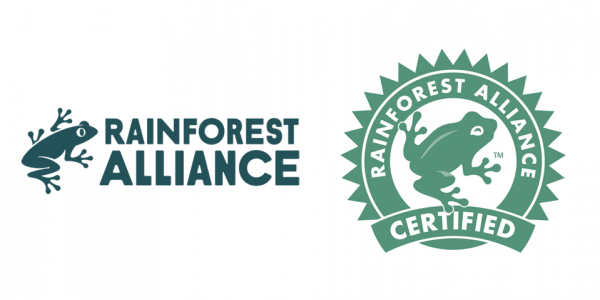
The Rainforest Alliance Certified™ seal is awarded to farms, forestlands and tourism
operations that meet the rigorous criteria of the Rainforest Alliance Sustainable Agriculture
Standard, the Forest Stewardship Council®, or the Sustainable Tourism Standard certified by
NEPCon.
The following standards must be met in order to gain approval to use the seal:
- Sustainable Agriculture Standard certification
- FSC® Forest Management certification
- FSC® Chain-of-Custody certification
- Sustainable Tourism standard for certification of hotels and lodging services
- Sustainable Tourism Standard for certification of tour operators
Rainforest Alliance Certified™ farms are better and safer places to live and work. We train
farmers around child labor laws and promote gender equality and non-discrimination. In
addition, we want to improve livelihoods for farmers and workers by working towards
a living income and a living wage.
Rainforest Alliance Certified farms are also better for the planet and more sustainable in the
long term. This is because certified farmers must protect natural resources and the
environment. They use land, water, and energy carefully. Certified farmers use fewer
artificial fertilizers and pesticides, prevent pollution, and manage waste. They learn how to
preserve forested and protected areas, which in turn supports plants and wildlife. Finally,
farmers and farm workers are also trained to use climate-smart farming methods and adapt
their growing practices to the effects of climate change.
Fairtrade: environmental issues
Fairtrade and sustainability (link to Fairtrade.org website)

